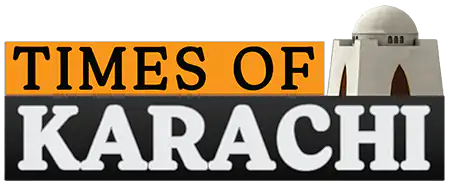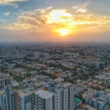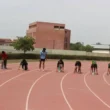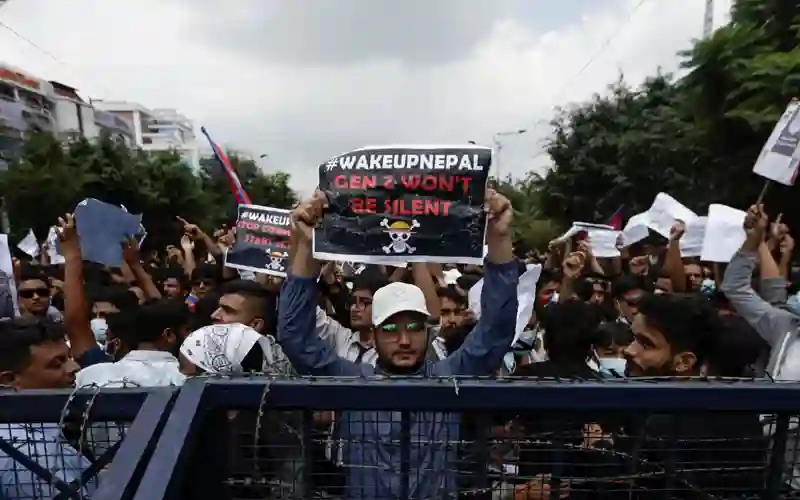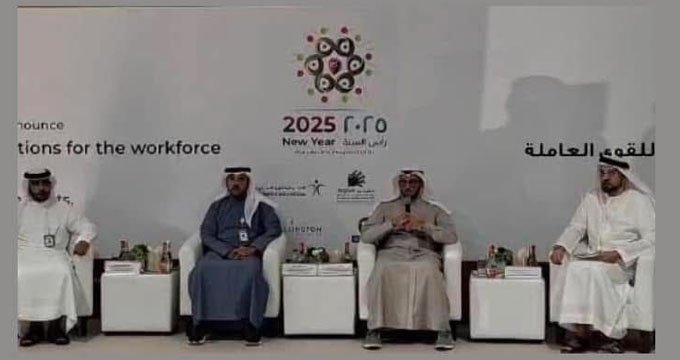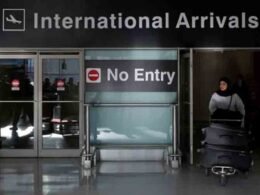Nepal’s Prime Minister KP Sharma Oli has announced his resignation following nationwide anti-corruption protests that escalated into deadly violence, leaving 21 people dead.
His office stated that the decision was made to help facilitate a constitutional resolution to the ongoing crisis sparked by youth-led anti-corruption demonstrations.
The unrest, fueled by accusations of deep-rooted corruption and a now-reversed social media ban, has drawn tens of thousands of protestors – many from Gen Z, as seen on their placards – into the streets of Kathmandu.
The demonstrations turned violent on Monday as police responded with tear gas, water cannons, and live ammunition, resulting in nearly 200 injuries.
Despite heavy police crackdowns, the protests persisted into Tuesday. Demonstrators set fires at the Nepali Congress Party’s headquarters and targeted the residence of former Prime Minister Sher Bahadur Deuba, among other political figures.
Multiple homes of politicians have reportedly been vandalized amid the chaos in the country.
Here’s what we know about the protests.
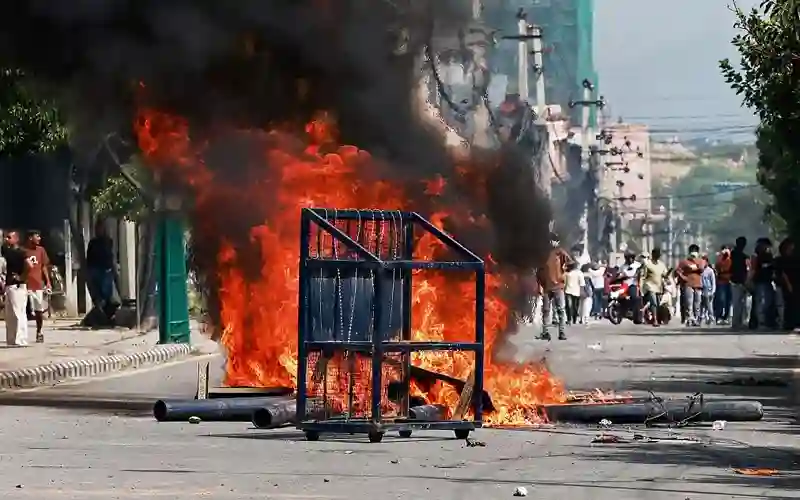
What was the social media ban about in Nepal?
Social media plays a central role in everyday life in Nepal, which boasts one of the highest per capita social media usage rates in South Asia.
The protests was sparked by the government’s controversial move to block access to 26 social media platforms – including popular apps like WhatsApp, Instagram, and Facebook – after they failed to comply with a registration deadline set by authorities.
While officials cited regulatory concerns, critics argued the ban was an attempt to silence a growing anti-corruption movement gaining momentum online.
The ban provoked widespread backlash and was ultimately revoked on Monday night.
Although the social media shutdown was the immediate trigger, the ongoing protests reflect broader public frustration with systemic corruption and government misconduct.
What is happening across Nepal?
Widespread protests have erupted across Kathmandu and several other cities in Nepal, turning increasingly violent over recent days.
On Monday, Nepal’s Minister for Communication, Prithvi Subba, told the an international news organization that police were forced to respond with water cannons, rubber bullets, and batons to control the situation.
Demonstrators managed to breach the perimeter of the parliament building in the capital, prompting authorities to impose curfews around key government sites and ramp up security measures.
By Tuesday, the unrest had intensified.
Reports emerged of vandalism and arson targeting the homes of top political figures. Social media videos showed parts of Prime Minister KP Sharma Oli’s residence in Balakot, Bhaktapur damaged – he resigned later that day.
Protesters also reportedly attacked the Budhanilkantha home of former PM Sher Bahadur Deuba, who leads the Nepali Congress Party, along with properties belonging to other high-profile politicians.
The death toll continues to rise, with two additional fatalities reported on Tuesday, bringing the total to 21 lives lost since the protests began.
Hospitals are treating numerous injured civilians – many with gunshot wounds and rubber bullet injuries. Health workers told internal media outlet in Nepal that medical teams are overwhelmed as crowds gather outside emergency rooms.
Police have confirmed that several officers were also injured in the clashes.
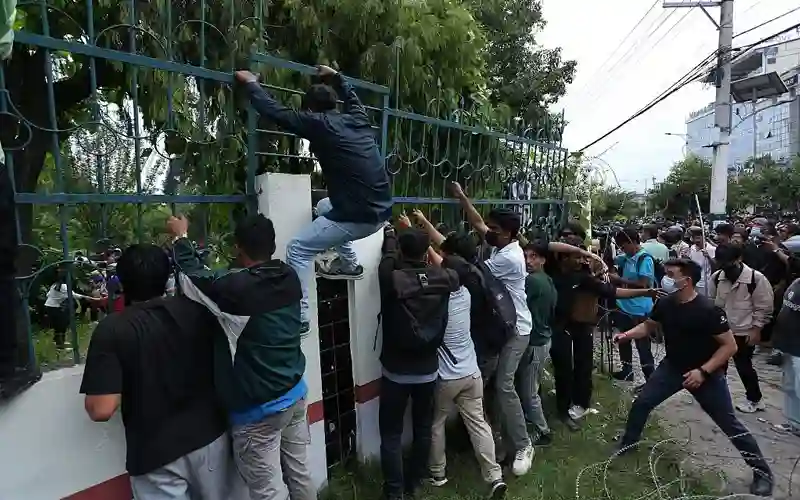
Who is leading the protests in Nepal?
The current wave of protests sweeping across Nepal is being driven by young people, with a powerful presence on social media.
Protesters are identifying themselves as “Gen Z”, a label that has now become a symbol of resistance and unity across banners, placards, and online platforms.
Although the movement lacks a single leader, several youth collectives have emerged as key organizers – sharing updates, issuing calls to action, and rallying support across platforms like Instagram, Facebook, and TikTok.
Students from universities and colleges in cities such as Kathmandu, Pokhara, and Itahari have been called to participate – many showing up in their school uniforms, carrying books, symbolizing both education and peaceful protest.
Social media footage even shows schoolchildren joining the marches, underlining the generational reach and momentum of the movement.
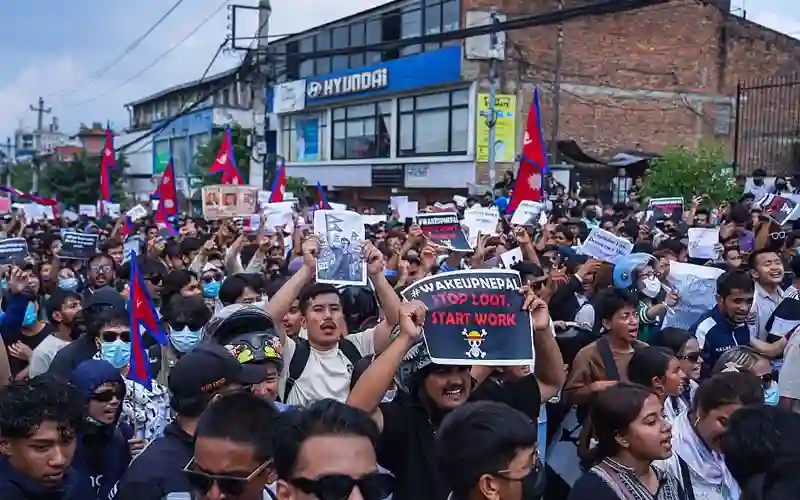
What Are the Protesters Demanding in Nepal?
Protesters, many of whom are students and members of Gen Z, have been filling the streets with banners and chants calling for systemic change.
At the core of the movement are two key demands:
The reversal of the social media ban — which has already been lifted.
An end to what they call “corrupt practices” by the government officials.
Protesters view the now-revoked ban on platforms like Facebook, WhatsApp, and Instagram as a direct attack on freedom of expression.
They argue it was an attempt to silence criticism and disrupt the growing anti-corruption movement online.
Subhana Budhathoki, a digital content creator, emphasized that the movement has evolved beyond the initial trigger. “Gen Z will not stop now. This protest is about more than just social media—it’s about our voices being silenced, and we refuse to accept that.”
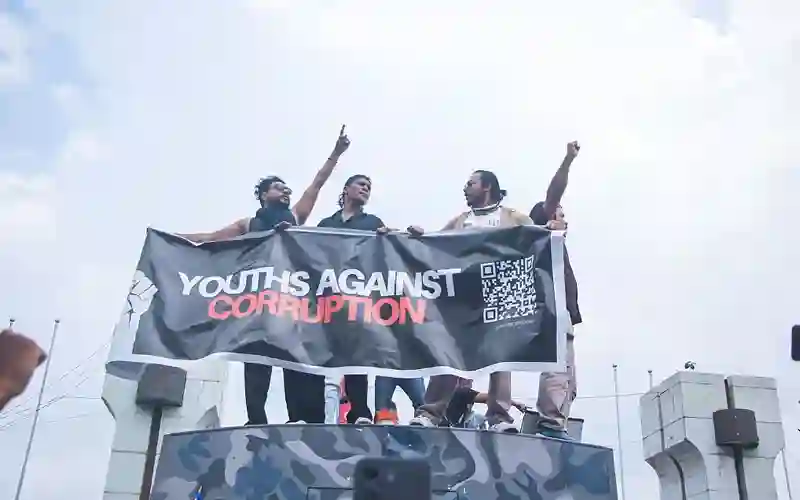
What is the ‘NepoKids’ trend and its role in the protests?
One of the most striking aspects of Nepal’s current youth-led movement is the rise of the hashtags #NepoBaby and #NepoKids, which have become central rallying cries both online and on the streets.
The trend exploded on social media after videos exposing the lavish lifestyles of politicians’ children and relatives began circulating widely.
These clips, often posted on platforms like TikTok and Instagram, showcased everything from designer fashion and luxury cars to frequent international travel, triggering widespread public anger.
For Nepal’s Gen Z, this isn’t just a protest about politics – it’s about demanding a fairer, more accountable system where success is earned, not inherited.

What lies next for Nepal?
The protest movement shows no sign of slowing down. Despite an indefinite curfew imposed in Kathmandu and other cities, demonstrators continue to gather in large numbers, openly defying restrictions.
On Tuesday, Prime Minister KP Sharma Oli stepped down. His resignation came shortly after three other senior political figures also announced their exits.
Oli, who began his fourth term in July 2024 with support from the Nepali Congress Party, faced mounting pressure amid the growing unrest.
While his departure is being seen as a concession to public outrage, it hasn’t eased the demands on the streets. Protesters are insisting on deep-rooted political reform and a serious effort to tackle corruption.
Observers warn that if authorities continue to avoid direct engagement with the movement, the situation could deteriorate further.
With growing support from students, educators, and civil society organizations, the demonstrations risk turning into a much broader national crisis.
Whether the government chooses to listen – or respond with more force – may define the country’s immediate political future.
